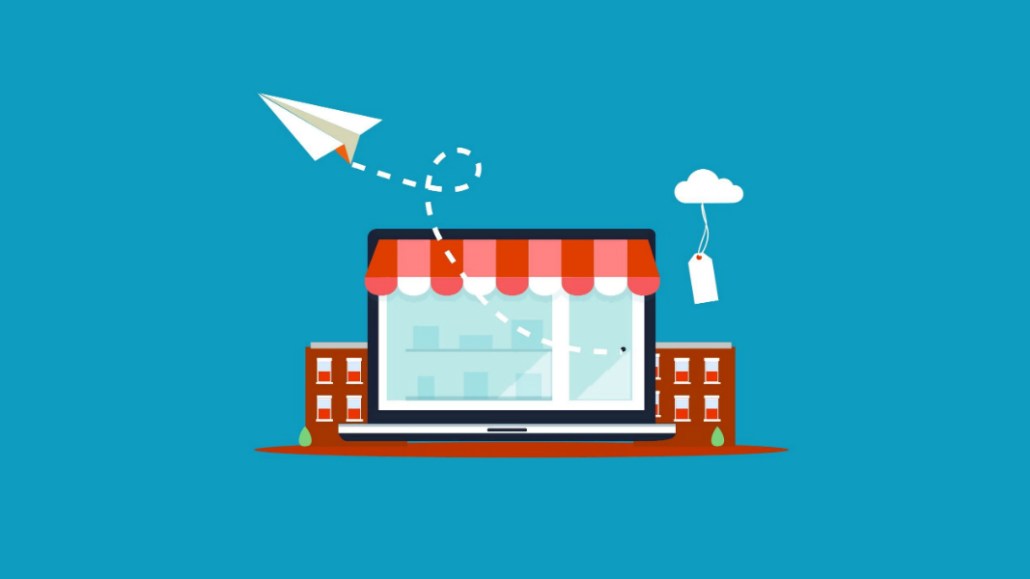
Scott Falzone, managing director US telecom, Google
Chris Valle, industry director, consumer electronics, Google
The telecom industry has seen explosive acceleration in both consumer and business digital transformation over the past several years. 5G is making access to business, education and entertainment faster, cheaper and more ubiquitous. This has enabled brands to stay more connected to consumers than ever before.
At the same time, people are consuming more content than ever, with digital experiences playing an integral role in the path to purchase. As the following sections highlight, businesses can embrace this ongoing digital transformation with five winning strategies for the new wireless journey.
- Show up across the consumer journey to engage wireless switchers
In a Deloitte marketing effectiveness report surveying 660 respondents in the wireless and wireline categories, customers who received touchpoints across channels were 10.5 times more likely to shop a brand than customers who received only traditional touchpoints. Planning comprehensively across traditional and digital channels will be more critical than ever as launch season approaches and brand loyalty is tested.
Interest across all phone devices rises during launch season showing there is a halo effect for all phone models and switchers are up for grabs. To capitalize on this halo effect and a complementary go-to-market strategy, advertisers should leverage a comprehensive approach across search, video and display formats with proven tactics. - Lean into the power of digital for launch season
Shoppers have embraced digital on the path to purchase, with 73% of post-paid subscribers interacting with online touchpoints on the path to purchase according to a recent Google/BCG study in January 2021.
This is particularly important for new customer acquisition, which is pivotal for all successful product launches. According to the same study, 80% of new customers engaging with a digital touchpoint showed engagement with video three times higher than existing customers. The takeaway: Use tools and platforms to create a comprehensive video plan to reach potential new consumers, increase brand consideration and conversions to drive impact at each stage of the purchase journey for new customers. - Leverage creators to drive impactful engagement
The January 2021 Google/BCG study also revealed that new customers are five times more likely than existing customers to engage with influencer recommendations.
Services such as YouTube Brand Connect feature passionate creators and loyal fan bases that offer the ability to drive strong engagement. With new customers showing that they are three times more likely than existing customers to be prompted to buy something they saw, watched, read or talked to someone about, this can be a game changer to differentiate from the competition. - Offer seamless, flexible transactions and pickup to adapt to new consumer expectations
The Google/BCG study also found that on average one-third of consumers are shopping online for categories they have never purchased online before, so e-commerce shopping is likely to continue to be a trend impacting product launches.
Businesses can inspire sales by leveraging shopping ads to share product images and details for seamless online purchase and delivery to customer’s homes.
Enabling local inventory ads and contactless pickup options will also push sales and further benefit companies. Following the pandemic, more than 1 in 3 consumers expect to visit stores less often, so offering curbside pickup for contactless transactions can help close the sale for those who cannot wait to get their new phones.
- Address consumers’ needs in real-time
According to the Google/BCG study, 80% of new subscribers who have mobile wireless services in their bundle believe it is very important for companies to personalize messaging by knowing their priorities. Furthermore, brands can leverage tools that help to optimize store visits, remaining agile and adaptable to consumer needs should they want to go to a store to try out a phone firsthand or speak with a sales associate about services before completing their purchase.
In order for businesses to own the mobile path to purchase, it’s crucial to embrace new strategies such as leaning into the power of digital, leveraging influencers and creators to drive engagement, offering flexible transaction and pickup options for new consumer expectations and addressing consumer needs in real-time. Businesses that are able to pivot and implement these strategies, embracing the digital transformation, will be more connected to their consumers than ever before.
More from Digiday
Sliders test article
Agencies hope connected TV and digital out-of-home will play a bigger role in upcoming elections and politics — especially for smaller media agencies that are handling many of the less visible races in the crowded political space. For a number of media agencies looking to place their political ad dollars down in this major election […]

How CTV and DOOH are growing this political season for smaller agencies
Connected TV and digital out-of-home are playing a bigger role in upcoming elections and politics – especially for smaller agencies looking to place clients’ dollars.

CMO Strategies: Advertisers identify the top attributes on ad-supported streaming platforms
This is the third installment in Digiday’s multi-part series covering the top ad-supported streaming services and part of Digiday’s CMO Strategies series. In this report, we examine which ad attributes matter the most to marketers on streaming platforms.
Ad position: web_bfu